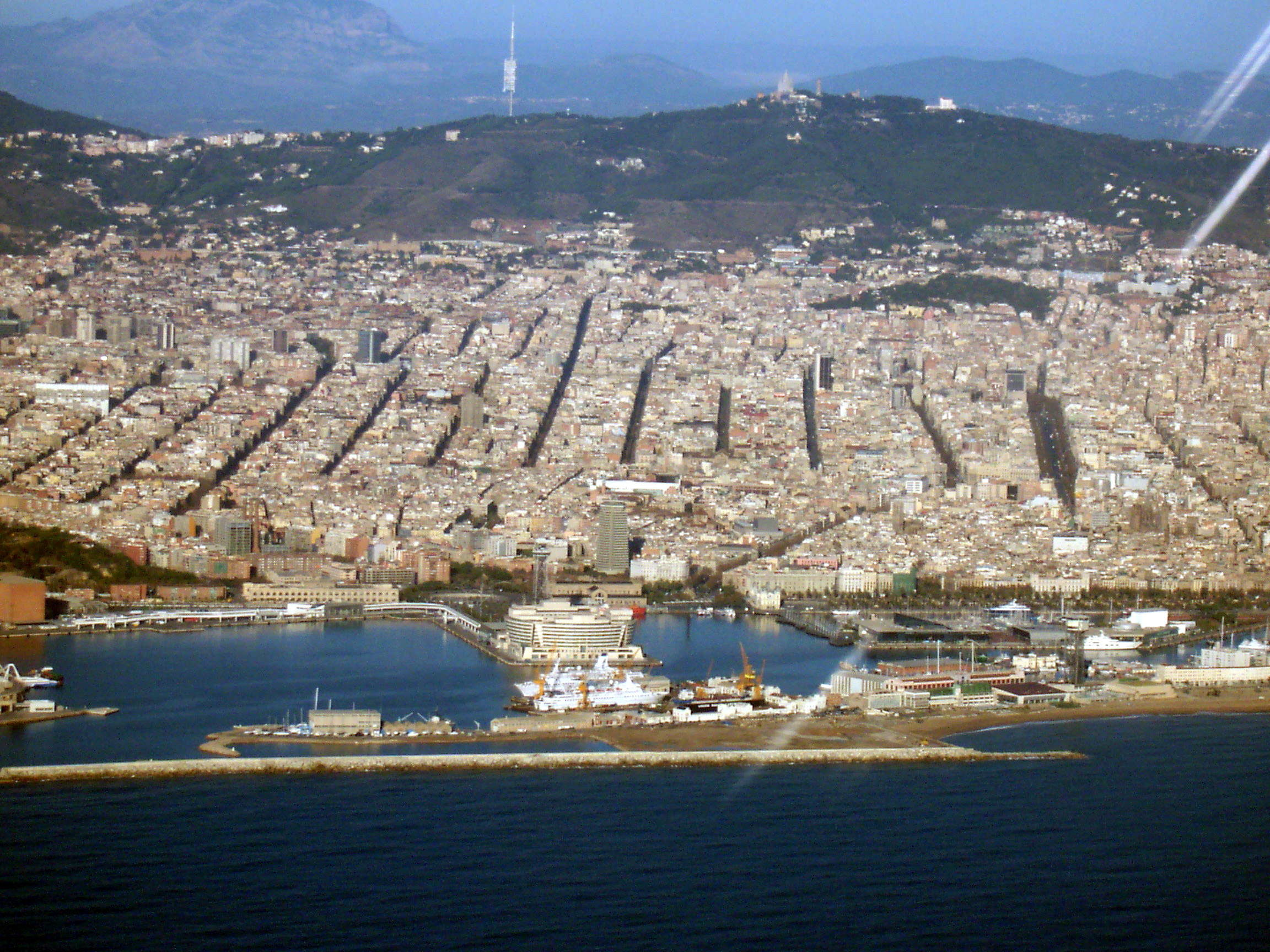
Barcelona offers to the visitor the possibility of crossing on foot from the Roman ruins and the medieval city to the districts of the Catalan modernism, with its characteristic buildings, its square apples of sectioned songs, their hoisted streets and their wide avenues. The old city is practically level, whereas the new districts, as they approach the coastal mountain range, acquire more slope.
Of the concurrence and one places greater attractive is the Boulevards (in Catalan Them Rambles), stroll located between the Seat of Catalonia (in Catalan Plaça de Catalunya), center of the city, and the old port. There are kioscos of press, flowers, domestic birds and animals, street actors, cafeterias, restaurants and commerce.
Near the port swap-meets, as well as painters and sketchers of all sort are used to settling, emphasizing the zone by their artistic and cosmopolitan nature. Walking by Them Rambles several buildings of interest can be admired, like the Palace of the Virreina, the market of the Boquería and the famous theater of Great Theater of the Grammar school, in which operas and ballets imagine. A lateral street of few meters of length, leads to the Real Seat (in cat. Plaça Reial), a seat with palms and buildings with porches that lodge breweries and restaurants, and in that the collectors of seals and currencies meet to the week ends.
The stroll of the Boulevards finishes next to the old port, where the statue of Cristóbal Columbus indicates towards the sea. To two steps is the Marine Museum (Museu Maritim), dedicated mainly to naval history in the Mediterranean, and in which the reproduction on accommodation ladder of one old galera is exhibited battle. The museum is located in the shipyards of the Average Age, where the boats were constructed that sailed by all Mediterranean. The old port offers other attractiveness, like a leisure center, with commerce, restaurants, a cinema IMAX, and like documentary center, with a aquarium of the Mediterranean marine fauna. In the historical center, closely together of the Boulevards, it emphasizes the Cathedral of Barcelona, the Seat of San Jaime who welcomes the buildings of the Majority of Catalonia and the City council of Barcelona, and the side streets as much of the gothic district as of the Suburb and the Tip.
 Architecture Barcelona is well-known like capital of the modernism. The city, in which architect Antonio Gaudí lived and worked counts on some of his more excellent works, than attracts every year million visitors worldwide. Most representative it is the Expiatorio Temple of the Sagrada Family, who Gaudí left unfinished and that is continued constructing in the same way that the cathedrals in the Average Age, with particular donativos and contributions.
Architecture Barcelona is well-known like capital of the modernism. The city, in which architect Antonio Gaudí lived and worked counts on some of his more excellent works, than attracts every year million visitors worldwide. Most representative it is the Expiatorio Temple of the Sagrada Family, who Gaudí left unfinished and that is continued constructing in the same way that the cathedrals in the Average Age, with particular donativos and contributions. On the basis of modern means of construction, its completion is predicted towards year 2020. Others of works more known Gaudí are the Güell Park (Parc Güell), the Milà House, also denominated "the Stone quarry", and the Batlló House. In addition to works of Gaudí, Barcelona counts on other jewels of the Catalan modernismo like the Hospital of San Pablo and the Palace of the Catalan Music of Lluís Domènech i Montaner, or the Macaya Palace and many other works of Josep Puig i Cadafalch.
On the basis of modern means of construction, its completion is predicted towards year 2020. Others of works more known Gaudí are the Güell Park (Parc Güell), the Milà House, also denominated "the Stone quarry", and the Batlló House. In addition to works of Gaudí, Barcelona counts on other jewels of the Catalan modernismo like the Hospital of San Pablo and the Palace of the Catalan Music of Lluís Domènech i Montaner, or the Macaya Palace and many other works of Josep Puig i Cadafalch. 
